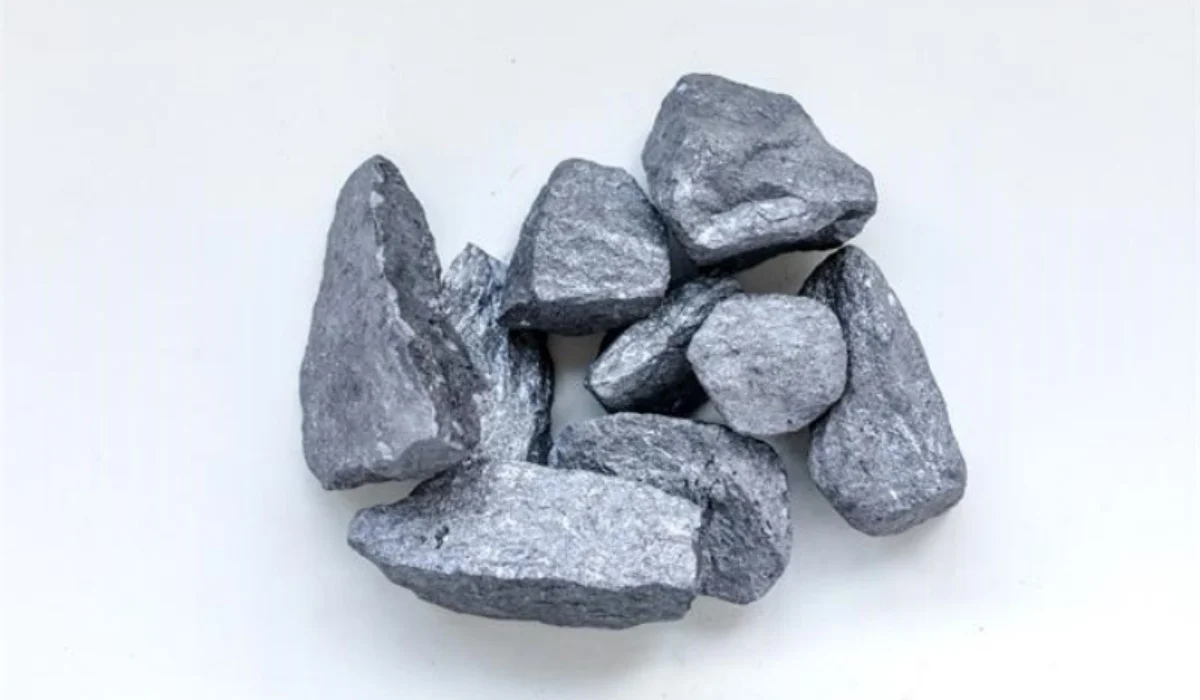
From a global strategic perspective, the international ferrosilicon market in 2025 is comprehensively influenced by factors such as supply and demand, costs, and trade policies. Meanwhile, Tanlin Carbon’s electrode paste introduces new variables to ferrosilicon production.
Supply Side
China has reduced production due to environmental policies, leading to a decline in capacity utilization. However, Russia has built a new large-scale ferrosilicon plant in the Ural region (with an expected 10%-15% increase in output), while countries like South Africa have expanded production. Additionally, Australia, leveraging its high-quality silica resources, has attracted capital investment (with output expected to grow by 20%), which stabilizes the global supply to some extent.
Demand Side
Global economic recovery, coupled with infrastructure investment in the U.S. and EU, has driven steel production growth (global crude steel output is projected to increase by 3%-5% in 2025), boosting ferrosilicon demand. Emerging industries such as new energy vehicles and photovoltaic power generation are rising rapidly, with ferrosilicon demand from these sectors expected to account for 10%-15% of total demand in 2025, becoming a new growth driver.
Cost Side
Global energy shortages have caused a surge in electricity prices in Europe, increasing production costs for local enterprises by 15%-20%. Meanwhile, the tense situation in the Middle East has affected maritime transportation, driving a 10%-15% increase in transportation costs for ferrosilicon exported from China to Europe—both factors jointly pushing up ferrosilicon prices.
Trade Policies and International Relations
Trade frictions, such as the U.S. imposing tariffs, have disrupted market stability, while cooperation within the ASEAN region has promoted regional circulation. China’s collaboration with Belt and Road countries, along with resource integration by international mining giants, has enhanced market stability.
The Role of Tanlin Carbon’s Electrode Paste
Tanlin Carbon’s electrode paste, featuring high-purity carbon materials and an optimized formula, can reduce electrode consumption by 0.2-0.7 kg per ton of ferrosilicon. Its low-resistivity design cuts power consumption by 100-200 kWh per ton, while its high-temperature resistance ensures electrode stability during the refining stage, significantly lowering production costs. In an international ferrosilicon market marked by rising costs and fierce competition, enterprises using Tanlin Carbon’s electrode paste gain a cost advantage, enabling them to maintain initiative amid price fluctuations and enhance their market competitiveness.
